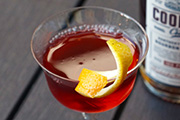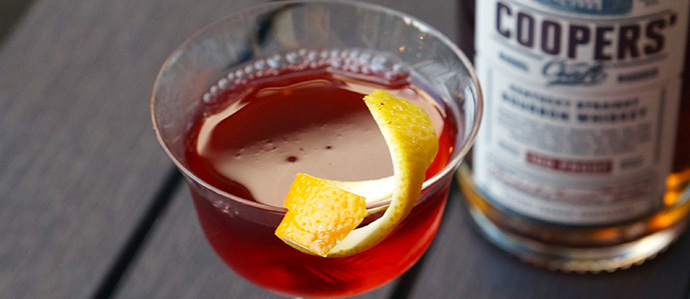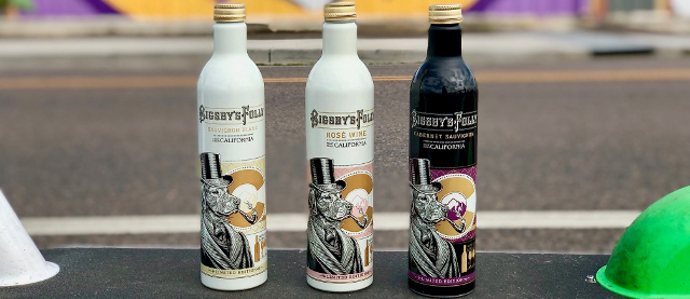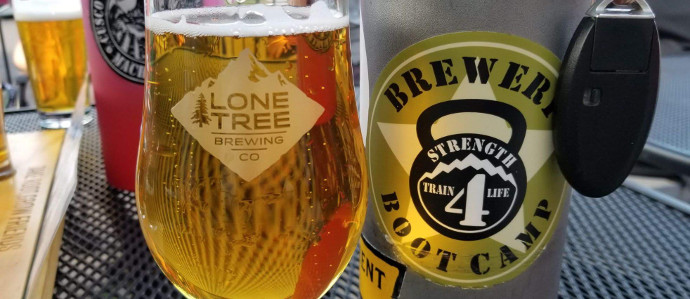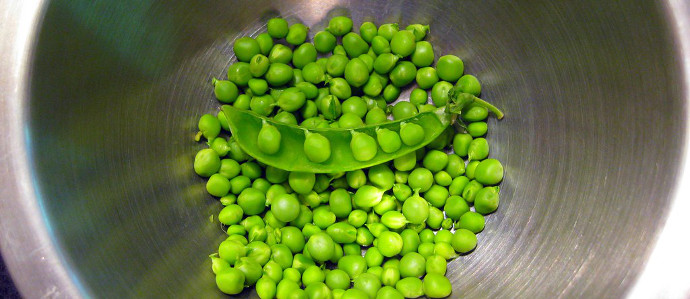Old School vs. New School: European Classics vs. Colorado Crafts
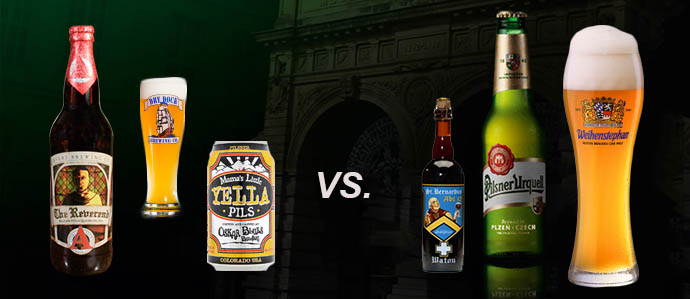
Many of the beer styles we know and love today have origins that date back hundreds of years. Beers termed “pilsner,” “hefeweizen,” and “quadrupel” are given a lofty reverence in their countries of birth and are a source of national pride.
Colorado brewers have interpreted and recreated many of these styles, putting new twists on each. But which actually tastes better, the original or the newcomer? We picked benchmark beers from the Czech Republic, Germany, and Belgium — three countries with iconic beer culture — and compared them to three of the best that Colorado brewers have to offer. Did the student overcome the teacher or does tradition win out? Find out below.
Style: Bohemian Pilsner
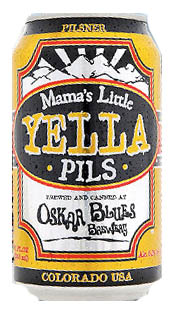 Pilsners are one of the oldest and most beloved lager styles. Originating in the town of Plzen in the Czech Republic, their subtle and nuanced flavors are difficult to brew well.
Pilsners are one of the oldest and most beloved lager styles. Originating in the town of Plzen in the Czech Republic, their subtle and nuanced flavors are difficult to brew well.
The Matchup: Pilsner Urquell vs. Oskar Blues Mama’s Little Yella Pils
Pilsner Urquell
Urquell means “original” and this label is the pioneer of the style. The beer has an initial bready malt flavor that unfolds into a pronounced tangy bite with hints of spice and skunkiness from Czech Saaz hops.
Oskar Blues Mama’s Little Yella Pils
Little Yella starts with a sweeter malt backbone but then continues with a much wider array of Noble hop flavors. The bite is still there but is augmented with floral and citrus notes that make the aftertaste clean and refreshing.
Winner: Mama’s Little Yella Pils
Longmont-based Oskar Blues has created one of the best American brewed pilsners out there and Mama’s Little Yella Pils has more layers of flavor and is more well rounded than Pilsner Urquell. A Colorado gem!
Style: German Hefeweizen
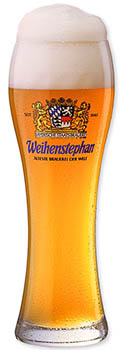 Hefeweizens are a flavorful and refreshing wheat beer style that originated in the Bavarian region of Germany. These beers are brewed with a special yeast strain and then left unfiltered and cloudy.
Hefeweizens are a flavorful and refreshing wheat beer style that originated in the Bavarian region of Germany. These beers are brewed with a special yeast strain and then left unfiltered and cloudy.
The Matchup: Weihenstephaner Hefeweizen vs. Dry Dock Hefeweizen
Weihenstephaner Hefeweizen
Weihen-what? The name is a mouthful but hails from a German brewery that has been brewing since 1040 AD, and claims to be the oldest in the world. Weihenstephaner Hefeweizen is packed with flavors of citrus, clove spice, banana and a slightly tart and rustic finish.
Dry Dock Hefeweizen
Dry Dock, located in Aurora, has created a GABF gold medal winner in a style that — like pilsners — is difficult to do well. It has a sweeter taste that is like banana cream pie with notes of spice and a candy-like aroma, reminiscent of bubble gum.
Winner: Tie
The Weihenstephaner has more overall complexity and layers of flavor. However, Dry Dock Hefeweizen has an expansive fruity palate that makes it fantastic. It could be on draft in Germany and the discerning Deutsch would think it was one of their own.
Style: Belgian Style Quadrupel
 Belgian abbey ales are some of the most full flavored beers in the world and have recipes that go back to monks brewing on monastery grounds. (In fact, seven Trappist breweries still do, to this day). The quadrupel is typically the strongest and most complex style these breweries produce.
Belgian abbey ales are some of the most full flavored beers in the world and have recipes that go back to monks brewing on monastery grounds. (In fact, seven Trappist breweries still do, to this day). The quadrupel is typically the strongest and most complex style these breweries produce.
The Matchup: St. Bernardus Abt. 12 vs. Avery The Reverend
St. Bernardus Abt. 12
The St. Bernardus is a beer that has so much going on, it’s hard to believe it’s beer. It has flavors of raisins and fig, hints of vanilla and clove spice and a warming finish like brandy. Wow in a bottle.
Avery The Reverend
The Reverend, from Boulder’s Avery Brewing, is sweeter and has flavors of banana, pear, and candied fruit mixed with honey, molasses and spice. It has a very silky mouthfeel and is amazingly drinkable for a 10% ABV beer.
Winner: Abt. 12
Abt. 12 edges out The Reverend here because it has a deeper complexity that allows the drinker to taste all of the ingredients in perfect harmony. Avery has nothing to be ashamed of, however, as the St. Bernardus is as close to a perfect 10 as a beer gets — the Reverend is still a 9.5 in our book.




